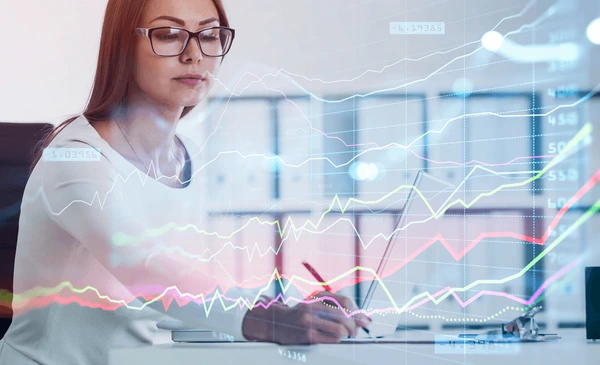Behavioral economics has quickly made waves in the financial industry. Nobel Prize winners endorse its theories, while multiple empirical tests support them.
Behavioral Economics explores the various biases, tendencies and heuristics that impact financial decision-making, providing insight into why individuals often make suboptimal choices even when all available information is at their disposal.
Cognitive biases
Financial decisions may seem rational and objective; however, cognitive biases can have a considerable influence over our decisions around money and investing. Understanding cognitive biases will allow you to avoid making irrational choices and achieve lasting financial success.
Tradition economic models typically depict individual decision making as a function of probabilities associated with various states of the world being affected by particular actions taken. Behavioral economists take an alternative view; they believe people often select items based on mental representations of them rather than what physically exists around them.
Behavioral economics began as an academic field in 1987 when two professors, an economist and psychologist respectively, co-taught a course that applied tools from social and cognitive psychology to economic problems. Their collaboration created a paradigm for scholars investigating human behavior; researchers now look for reasons to explain it through cognitive forces within people’s environments such as cognitive biases, framing of contextual cues (known as framing) or sensitivities towards wellbeing sensitivity of individuals themselves.
Emotions
Emotions play an integral part in financial decision-making. Emotions influence our behavior by altering how relevant specific elements of information are for an individual person’s current circumstances; when someone is sad they may weigh risk and reward differently than when happy as emotions convey specific information that impacts goals in decision-making processes.
Behavioral economists have long studied the influence of emotion on decision-making processes. Amos Tversky and Daniel Kahneman proposed that people tend to prefer losing money over having it stay the same value.
Emotions can also influence heuristics, mental shortcuts that allow individuals to make quick decisions without using rational reasoning. For instance, selling stocks during a market decline out of fear may not be the wisest financial move long term.
Anchoring bias
Anchoring bias refers to the tendency for individuals to rely too heavily on initial pieces of information when making decisions, which can lead to poor financial decisions and disagreements during negotiations and family conversations. It’s an example of cognitive bias.
Sherif and Taub first coined the term “anchoring bias” in 1958 during their experiments on how accurately people estimated objects’ weights, concluding that objects’ weight influenced subsequent estimations; these early experiments laid the groundwork for behavioral economics.
Behavioral economics is an interdisciplinary field that blends economic analysis with psychological insights and other disciplines, such as psychology. Some of its pioneers include Amos Tversky, Daniel Kahneman, Dan Ariely and Richard Thaler – all distinguished cognitive psychologists specializing in bias research – who pioneered behavioral economics at Berkeley. At its O’Donnell Center Berkeley’s unique brand of behavioral economics can advance global networks.
Self-attribution
Behavioral economics is a scientific discipline which seeks to explain why people make irrational financial decisions. Its findings challenge mainstream economic theory which assumes people act rationally without consideration of emotion or culture influences; additionally it questions assumptions of markets as efficient profit-maximizing organizations.
Individuals who fail to learn from their errors tend to blame external circumstances or luck rather than acknowledging their own inadequacies, an effect known as self-attribution bias. It’s more prevalent among individualist cultures, although it occurs even among collectivist cultures.
Behavioral economics has quickly become an integral component of large financial institutions, particularly banks. Market experiments have proven its efficacy; its applications extend far beyond that – it can help improve commercial strategy, digital strategy and product research initiatives as well as employee retention programs – all which have an enormous potential impact on an organization’s bottom line.








More Stories
A Guide to Understanding the Global Asset Allocation Landscape
How to Use Technical Analysis to Identify Growth Stocks
The Power of Compound Interest – How to Harness It For Financial Success